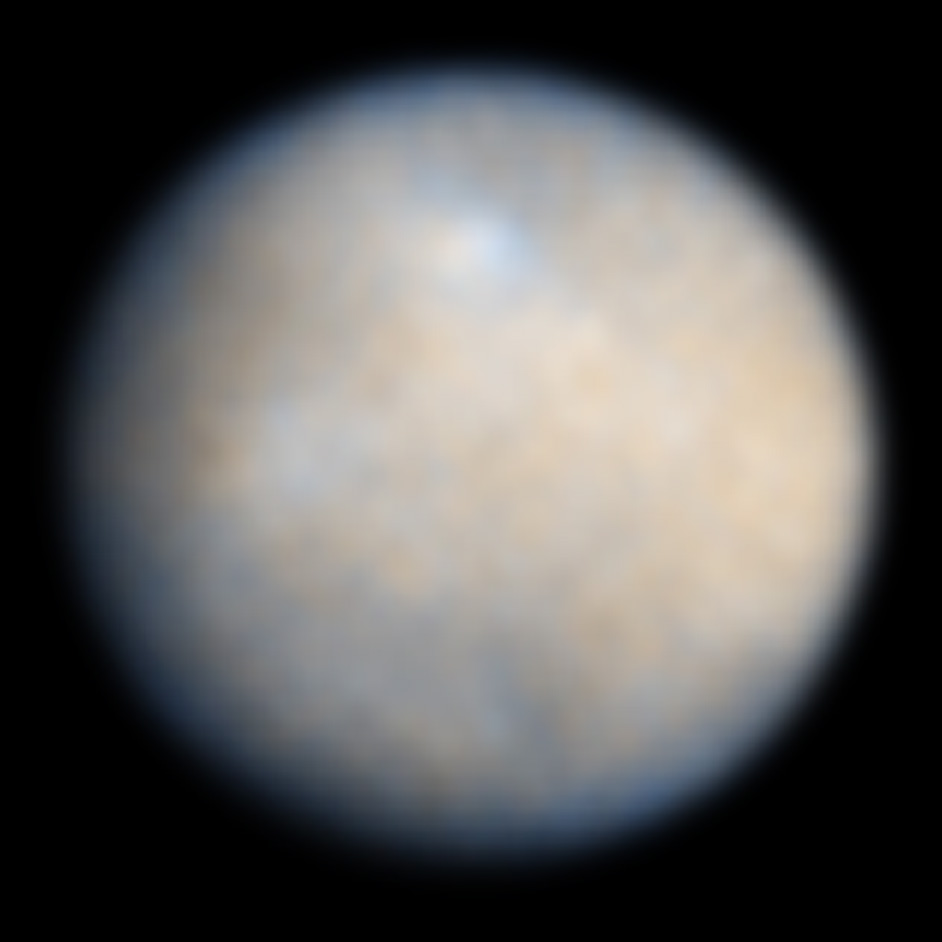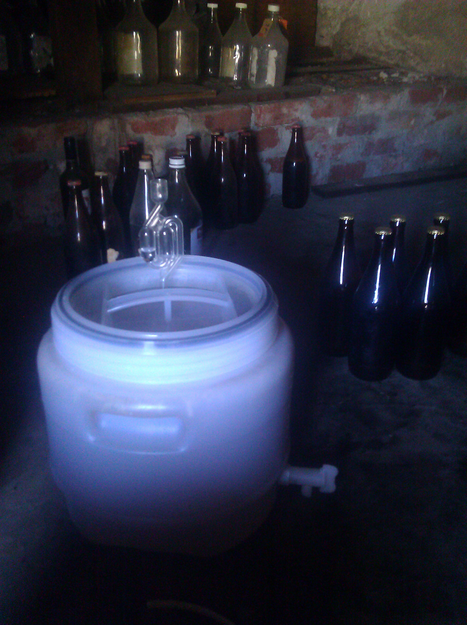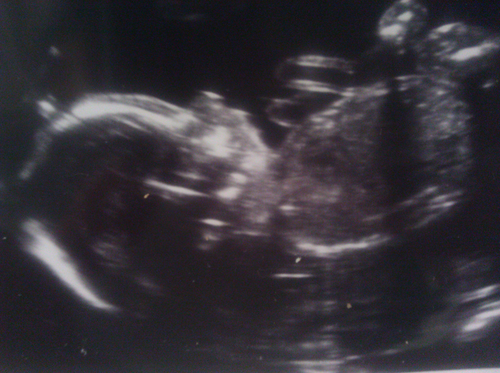I am really excited about space probe Dawn's arrival at Ceres on March 6th! Ceres is a dwarf planet in the asteroid belt between Mars and Jupiter. Like many other people I've been eagerly anticipating this part of the Dawn mission for a few years. After a long trip via Vesta, NASA will get higher resolution images of the surface of Ceres from Dawn in the coming weeks.

"Ceres is almost a complete mystery to us," said Christopher Russell, principal investigator for the Dawn mission, based at the University of California, Los Angeles. "Ceres, unlike Vesta, has no meteorites linked to it to help reveal its secrets. All we can predict with confidence is that we will be surprised." via NASA

Hubble Space Telescope images of Ceres, taken in 2003–04 with a resolution of about 30 km. The nature of the bright spot is uncertain. via Wikipedia
We live in an age where there are new and exciting things to learn about every day, but this event really stands out for me. What wonders await us on this new world?





